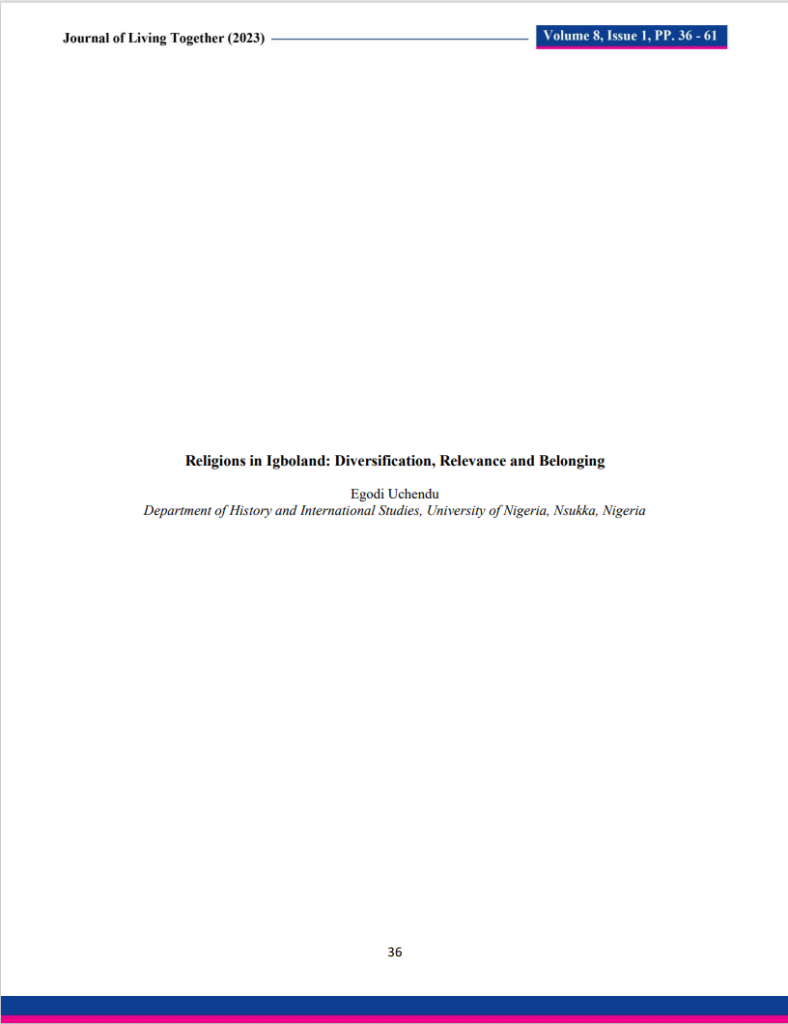A Cultural Clash Between Immigrant Parents and American Doctors
What Happened? Historical Background to the Conflict
Lia Lee is a Hmong child with epilepsy and is at the heart of this cultural clash between her immigrant parents and American doctors, both of whom are attempting to provide her the best possible care. Lia, who is Nao Kao and Foua Lee’s fourteenth child, has her first seizure at three months old after her older sister slams a door shut. The Lees believe that the loud noise scared Lia’s soul out of her body, and she is taken to Merced Community Medical Center (MCMC) in Merced, California, where she is diagnosed with severe epilepsy. Lia’s parents, however, have already identified her condition as qaug dab peg, which translates to “the spirit catches you and you fall down.” The condition is a sign of connection to the spiritual realm and is a mark of honor in Hmong culture. While the Lees are concerned for their daughter’s health, they are also pleased that she could be a txiv neeb, or shaman, when she matures.
The doctors prescribe a complicated regimen of medicine, to which Lia’s parents struggle to adhere. The seizures persist, and the Lees continue to take Lia to MCMC for medical care, along with practicing neeb, or traditional medicines at home, such as coin rubbing, sacrificing animals and bringing in a txiv neeb to recall her soul. Because the Lee’s believe that the Western medicine is making Lia’s condition worse and is hindering their traditional methods, they stop giving it to her as directed. Lia begins to show signs of cognitive impairment, and her primary doctor reports the Lees to child protective services for not giving her adequate care. Lia is put into a foster home where her medicine is meticulously given to her, but the seizures continue.
Each Other’s Stories – How Each Person Understands the Situation and Why
MCMC Doctors’ Story – Lia’s parents are the problem.
Position: We know what is best for Lia, and her parents are unfit to care for her.
Interests:
Safety / Security: Lia’s condition is nothing but a neurological disorder, which can only be treated by prescribing more medicine. Lia’s seizures have continued, so we know that the Lee’s are not providing Lia with adequate care. We are concerned for the safety of the child, which is why we have reported the Lees to child protective services.
Self-Esteem / Respect: The Lee’s have been so disrespectful to us and the hospital staff. They are late to almost all of their appointments. They say they will administer the medicine that we prescribe, but then they go home and do something completely different. We are trained medical professionals, and we know what is best for Lia.
Lia’s Parents’ Story – The MCMC doctors are the problem.
Position: The doctors do not know what is best for Lia. Their medicine is making her condition worse. Lia needs to be treated with our neeb.
Interests:
Safety / Security: We don’t understand the doctor’s medicine – how can you treat the body without treating the soul? The doctors can fix some sicknesses that involve the body, but Lia is sick because of her soul. Lia is being attacked by an evil spirit, and the doctor’s medicine is making our spiritual treatment for her less effective. We are concerned for the safety of our child. They took Lia away from us, and now she is getting worse.
Self-Esteem / Respect: The doctors don’t know anything about us or our culture. When Lia was born in this hospital, her placenta was incinerated, but it was supposed to be buried so that her soul could return to it after she died. Lia is being treated for something they call “epilepsy.” We don’t know what that means. Lia has qaug dab peg, and the doctors have never bothered to ask us what we think is wrong with her. They will not listen to us when we try to explain that her soul is being attacked by an evil spirit. One day, when Lia’s soul is called back to her body, she will be a txiv neeb and will bring great honor to our family.
References
Fadiman, A. (1997). The spirit catches you and you fall down: A Hmong child, her American doctors, and the collision of two cultures. New York: Farrar, Straus, and Giroux.
Mediation Project: Mediation Case Study developed by Grace Haskin, 2018


